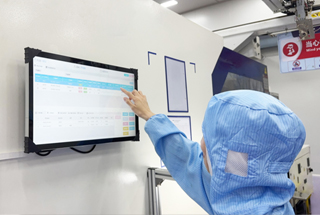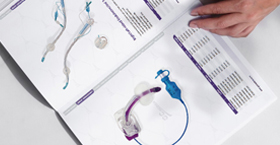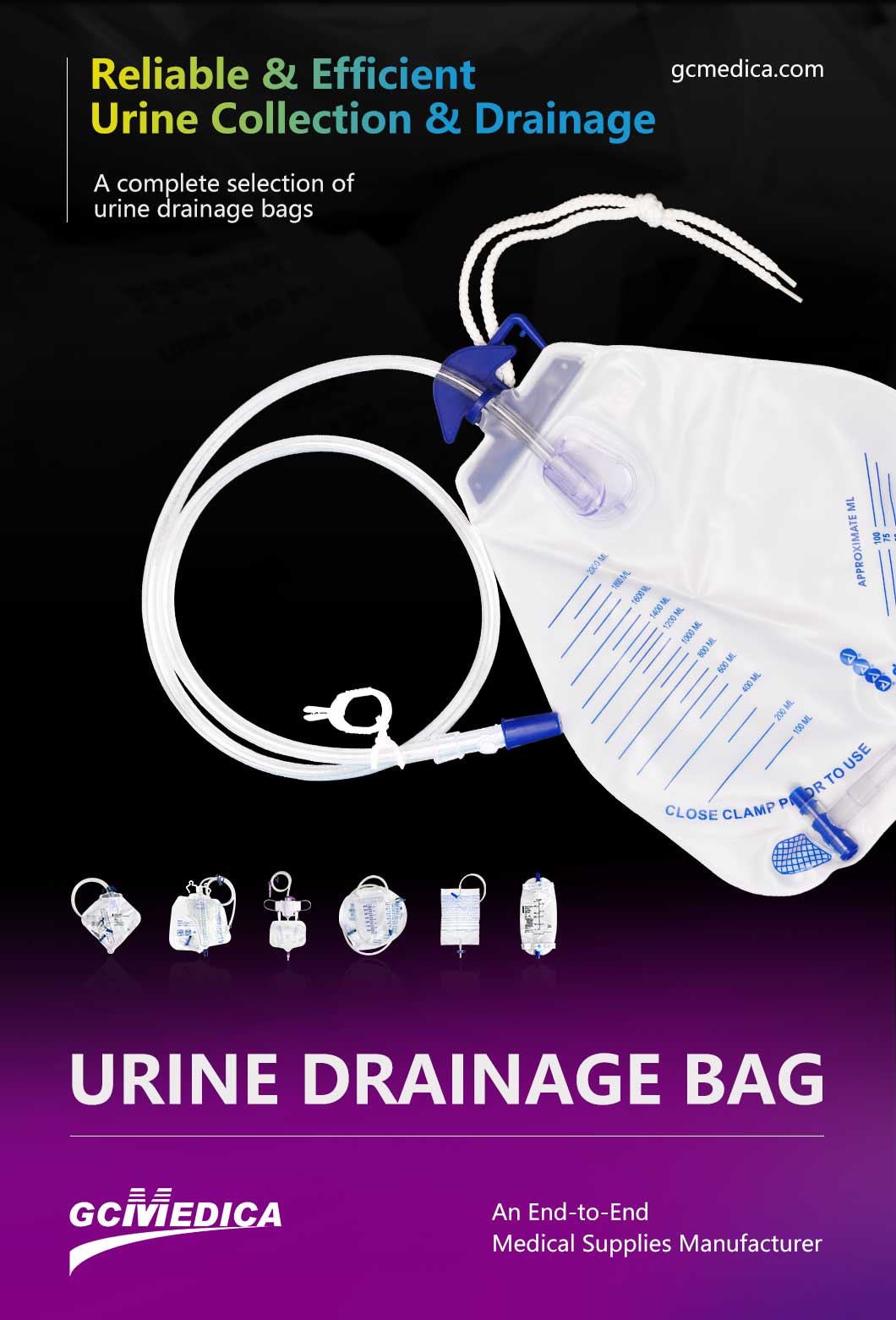A well-designed urinary catheter collection bag is essential for safe, hygienic, and efficient urine drainage in patients requiring indwelling or external catheters. Collection bags serve to contain urine, permit accurate output measurement, and reduce the risk of backflow and infection. They vary by capacity, materials, attachment options, and special features—each tailored to patient mobility, duration of use, and care setting.
Types of Collection Bags
Standard (Bedside) Bags: Large-capacity (1–2 L) bags designed for stationary use. Often include anti-reflux valves and graduated measurement markings for precise monitoring in hospitals or long-term care.
Night Bags: Extra-large (2–3 L) bags that attach to bedside rails, reducing the need for frequent emptying during nocturnal hours.
Leg Bags: Smaller (300–500 mL) compact bags secured to the patient’s thigh or calf with adjustable straps, enabling greater ambulation and independence.
Pediatric Bags: Reduced volume (200–400 mL) and scaled markings to suit infants and children, often with extra-soft materials for comfort.
Proper selection and use involve secure attachment to the catheter outlet, keeping the bag outlet below bladder level to maintain gravity drainage, and routine emptying and cleaning. Bags should be replaced per manufacturer guidelines—commonly every 5–7 days for standard bags and every 24–48 hours for leg bags—to minimize bacterial colonization. Anti-reflux features, latex-free materials, and odor-control filters further enhance safety and patient comfort.
| Feature | Standard Bag | Night Bag | Leg Bag | Pediatric Bag |
|---|---|---|---|---|
| Capacity | 1–2 L | 2–3 L | 300–500 mL | 200–400 mL |
| Typical Use | Stationary monitoring | Overnight drainage | Ambulatory patients | Infants, children |
| Material | PVC or medical-grade EVA | PVC with anti-kink tubing | Soft silicone or PVC | Soft PVC, hypoallergenic |
| Attachment | Bed rail hook or clamp | Bed rail hook | Thigh/calf straps | Small straps or harness |
| Replacement Interval | Every 5–7 days | Every 5–7 days | Every 24–48 hours | Every 5–7 days |
| Special Features | Graduated scale, valve | Large capacity, valve | Anti-reflux valve, discreet shape | Pediatric scale, odor filter |
Care Best Practices
Emptying: Drain when one-third to half full; disinfect spouts before and after use.
Positioning: Always keep the bag below bladder level; avoid tubing kinks or tension.
Hygiene: Clean drainage spout with alcohol swab; wash bag interior weekly with mild soap and air-dry.
Inspection: Check tubing and bag for leaks, discoloration, or damage at each shift.
By selecting the proper collection bag and adhering to evidence-based care protocols, healthcare providers can optimize patient safety, comfort, and accurate fluid management across acute, long-term, and home-care settings.
| Learn more about urine drainage bags > |


 Français
Français Español
Español Products
Products

 About Us
About Us












